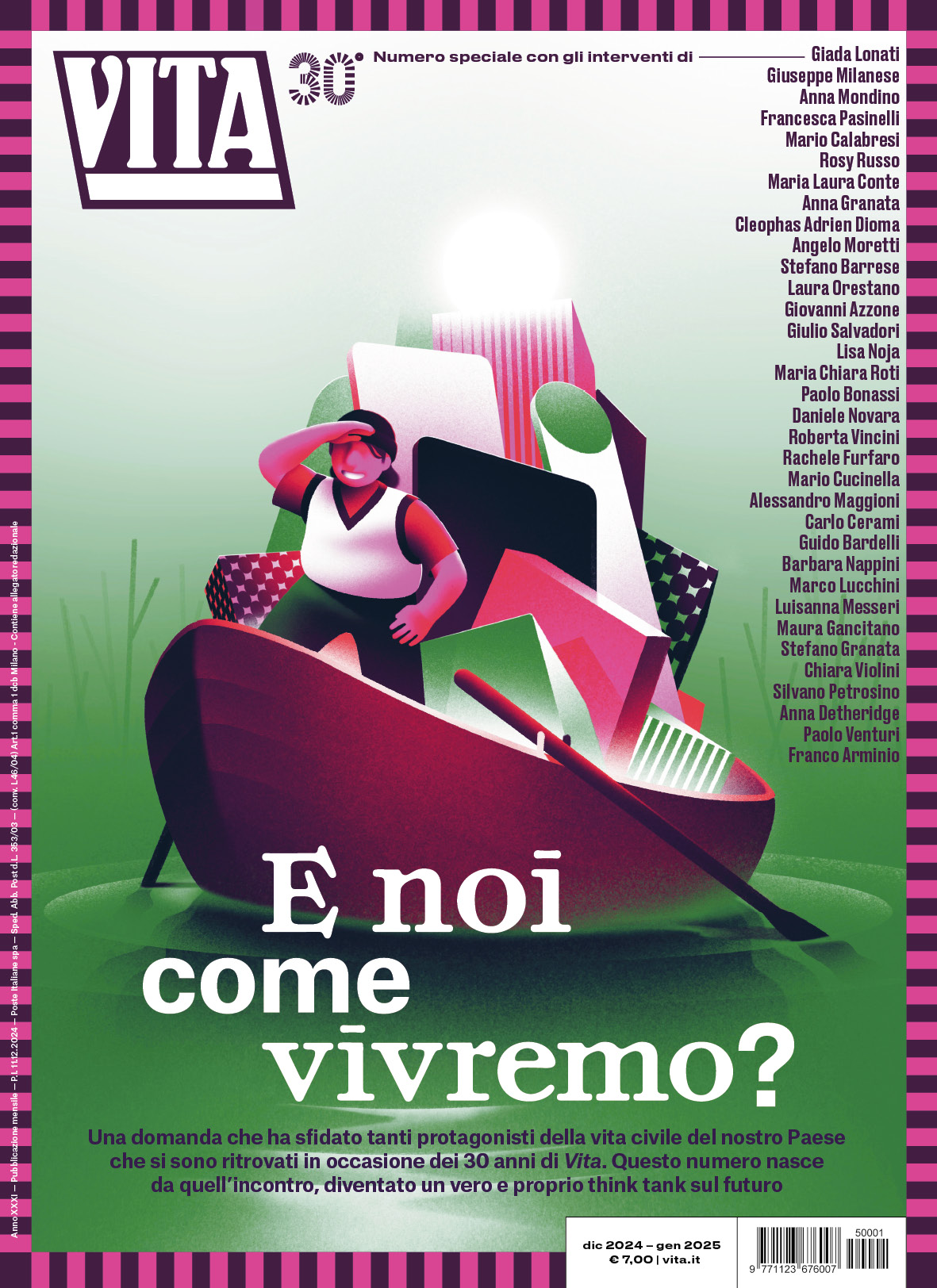Politica
French architects take on Iron Curtain
The French documentary film 'The Interior Border' is made up from seven portraits aiming to highlight the obstacles, both physical and mental, preventing the people of Europe from understanding each other. Interview with Simon Brunel and Nicolas Pannetier
di Staff
They called their workshop ‘Limo’. Not as in lemonade, or limousine. No, as in ‘limo’, a word which means ‘border’ in Esperanto. A border whose fascination transcends the languages it separates. Behind the Atelier Limo (‘Limo workshop’) are two young Frenchmen, Simon Brunel and Nicolas Pannetier, now living in Berlin – and not by chance, as the border issue is ever-present in the German capital. The two former architecture students have recently finished making a documentary film entitled La frontière intérieure (‘The Interior Border’).
It is a journey which is the length of the former Iron Curtain, from the Baltic to the Adriatic, in search of those whose lives were shaped by the now defunct boundary line. Olaf, Zbigniew, Vaclav and Vanda do not know one another but each has his story to tell about the border, which isolates and reunites, destroys and rebuilds in equal measure. It was decided to show the series of seven portraits in 40 different locations along the border to promote mutual debate and learning beyond a simple frontier.
With the showing of La frontière intérieure right along the former Iron Curtain this summer, your film is returning to its roots. Where did you get the idea for this project?
We were in Graz, in Austria, when the former eastern bloc countries entered the European Union, and we wanted to gain a concrete understanding of how exactly that happened. That’s why we did a presentation for our architecture degree on a data bank on this border. We were on the road for three months, from the Baltic Sea and the German-Polish border down to the Adriatic between Slovenia and Italy. The aim of that first stage was to gather sounds, images, impressions, always following the same methodology at each of the 238 spots we visited along that border. At one point we crossed the border four or five times in one day.
How did an architecture study project turn into a film?
Our project, although a bit unusual, was very well received. We went on to meet Barbara Keifenheim, the German filmmaker and anthropologist, who inspired us to make the film. So, we decided to base our idea on the principle ‘one stretch of border, one place, one person.’ We selected seven of the people we had met on the first trip and we went back to see them. Things sped up a bit in November 2007 when we learned that the border posts were going to be destroyed a month later. We wanted to be there when that happened.
Although the film is made up of seven portraits, the border itself remains the main character. What is so fascinating about it?
The border is both visible and invisible. You can’t give it a personal definition and it strikes us as a place of paradoxes, of separations and encounters. It is a fantasy land where different points on the spectrum become intertwined. It is a dividing line: two towns, two countries, and in the case of the Iron Curtain, two ideological camps.
Your film allows the viewer to visit several countries, yet German remains the main language. How was communication between the seven characters?
In order to preserve the authenticity of the sources, we didn’t want to use interpreters – except in one instance where the daughter of the Hungarian museum attendant translates what they are saying, but they are great scenes anyway. Of course, this meant that we had to concentrate on those people we could communicate with, but it also created some unusual scenes, such as the Polish shopkeeper largely expressing himself with gestures.
You’re off now to show the film at 40 sites along this border. What are you expecting from these showings?
The film has an intrinsic duty to return to the places where it was shot. To do this we are going to take the opposite route to the first trip, starting in Koper in Slovenia in July and arriving in Poland in October. The objective, even at our low rung on the ladder, is to make people think. Even though the borders are open now, Europe still isn’t perfect.
There are things which remain hidden and topics which still need to be addressed. In some ways this film is provocative, it really puts the cat among the pigeons, so we are expecting diverse reactions and we know that we are sometimes placing ourselves in danger. What we want is to initiate dialogue, and we hope that this film will contribute to that.
To view the trailer of the film, click here.
Source:
Nessuno ti regala niente, noi sì
Hai letto questo articolo liberamente, senza essere bloccato dopo le prime righe. Ti è piaciuto? L’hai trovato interessante e utile? Gli articoli online di VITA sono in larga parte accessibili gratuitamente. Ci teniamo sia così per sempre, perché l’informazione è un diritto di tutti. E possiamo farlo grazie al supporto di chi si abbona.
